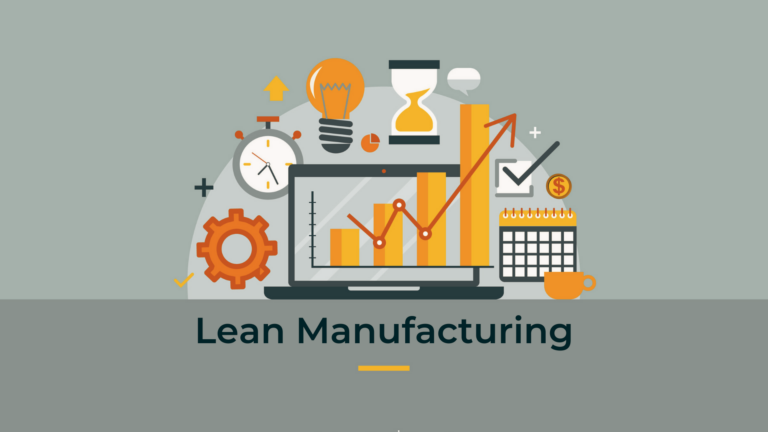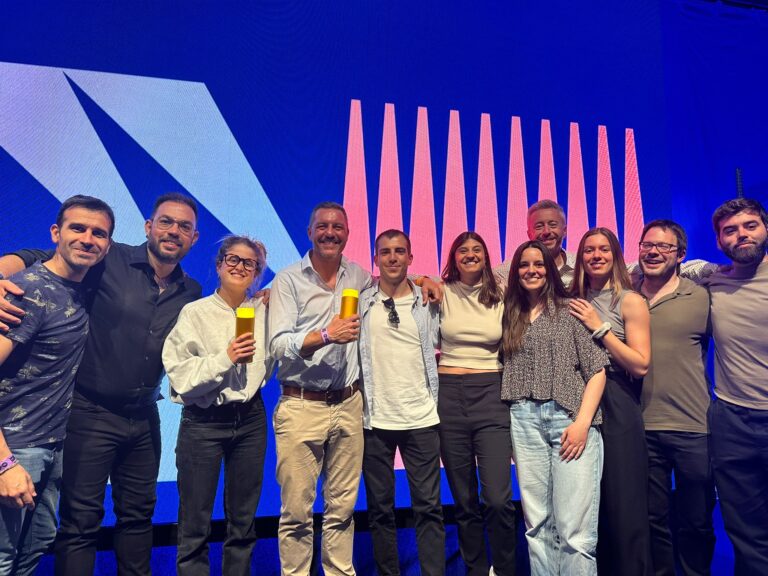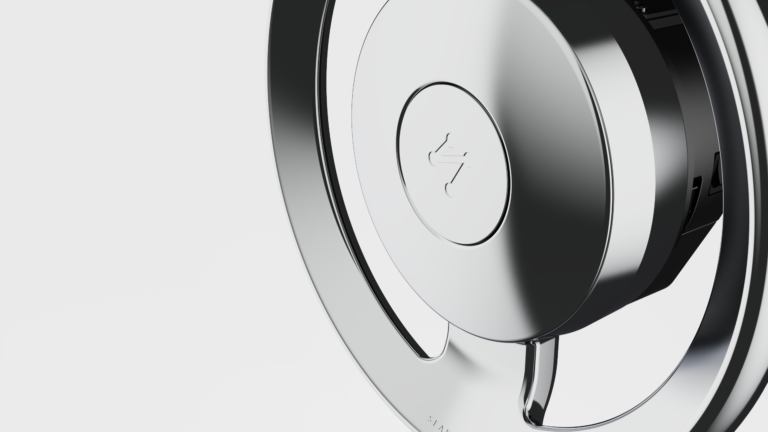Industrial design is one of the main key disciplines for the creation of products and services that are sustainable and environmentally friendly. In recent years, interest in applying the circular economy to industrial design has been increasing. Its main goal is to reduce waste and promote the reuse of materials and components.
The circular economy is an economic model in which resources are kept in use for as long as possible, minimizing waste generation. In this model, waste is transformed into resources and reintroduced into the production chain, creating a closed-loop cycle of materials and minimizing environmental impact.
In this context, industrial design plays a fundamental role in the circular economy, as it is during the design phase where strategies and techniques can be implemented to minimize waste generated in the production process to the maximum extent possible. Using recycled materials in the manufacture of products is one of the most common strategies in industrial design. The aim is to utilize a resource that already exists and would otherwise end up becoming waste. Additionally, the use of recycled materials can be more cost-effective and have a lower environmental impact than the extraction and processing of new materials.
How to promote the circular economy in industrial design?
To promote product reuse and contribute to a circular economy, there are various techniques available. By designing a product in a modular manner, repair is facilitated, extending its lifespan and reducing the amount of waste it generates. This allows for the updating of specific components without the need to renew the entire product.
Although we talk a lot about recycling, industrial design can also focus on creating durable and timeless products, avoiding planned obsolescence and promoting the prolonged use of products. Not only does this have a positive impact on the environment, but it can also save consumers money by not having to renew their products as often.
Sustainable industrial design at i-mas
Our team develops products taking into account the environmental impact that the design and development of a product may generate.
The Contenur Qube is an example of a project that offers an innovative and sustainable solution for urban waste management. It is a waste container that offers a number of advantages both for the environment and for the convenience of users.
Qube is a sustainable product that seamlessly integrates into the urban environment in a discreet and efficient manner. Its integrated design, capacity for selective waste collection, and encouragement of citizen participation make it a valuable tool for improving air quality and the urban environment while promoting a culture of sustainability among citizens.
In conclusion, industrial design and circular economy are two fundamental concepts in the fight against climate change and environmental protection. Waste reduction and the promotion of reuse are two key strategies in this regard, and industrial design plays a fundamental role in their implementation. The implementation of these strategies not only benefits the environment but can also lead to cost savings for both businesses and consumers.
If you want to know examples of sustainable industrial designs and how we can help you, please visit our projects section.




